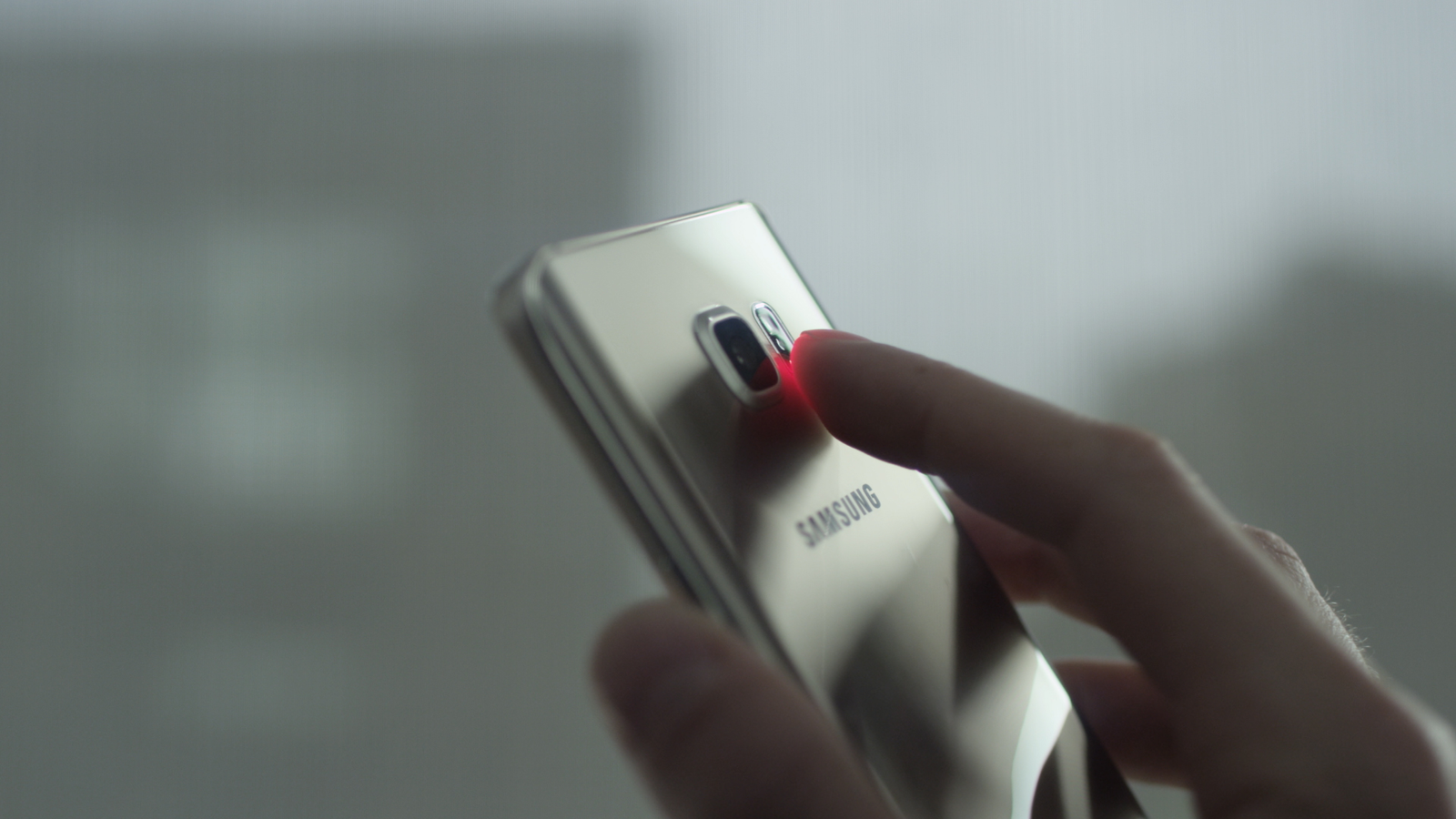The Story
When optical heart rate (PPG) sensors first appeared in Samsung devices, the algorithms backing them were woefully slow and highly prone to noise. With such response times, the sensors were effectively useless in practical situations, with readings requiring 1 minute of stillness.
By approaching the noise detection issues from a physiological perspective, we not only made the sensor algorithms much more resilient, but we could detect erroneous readings from dynamic body motion and insufficient skin contact, leading to immensely faster results.


